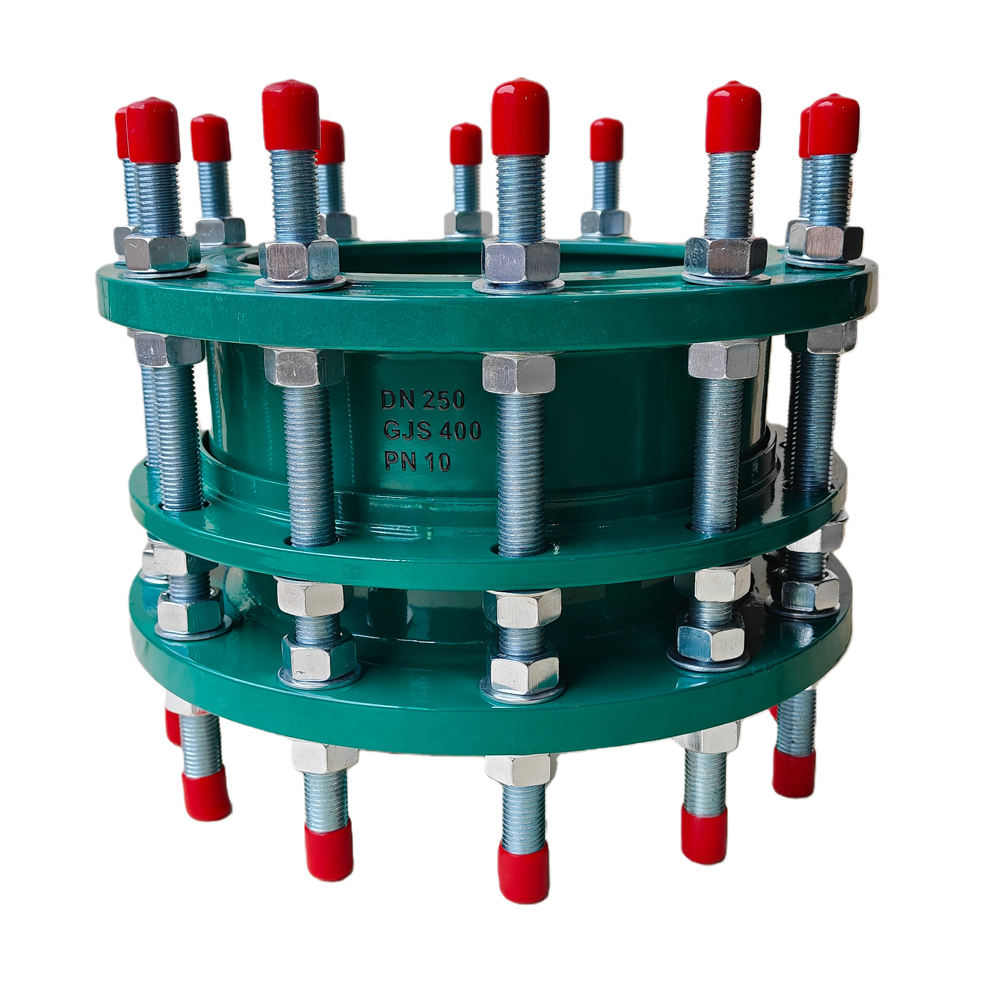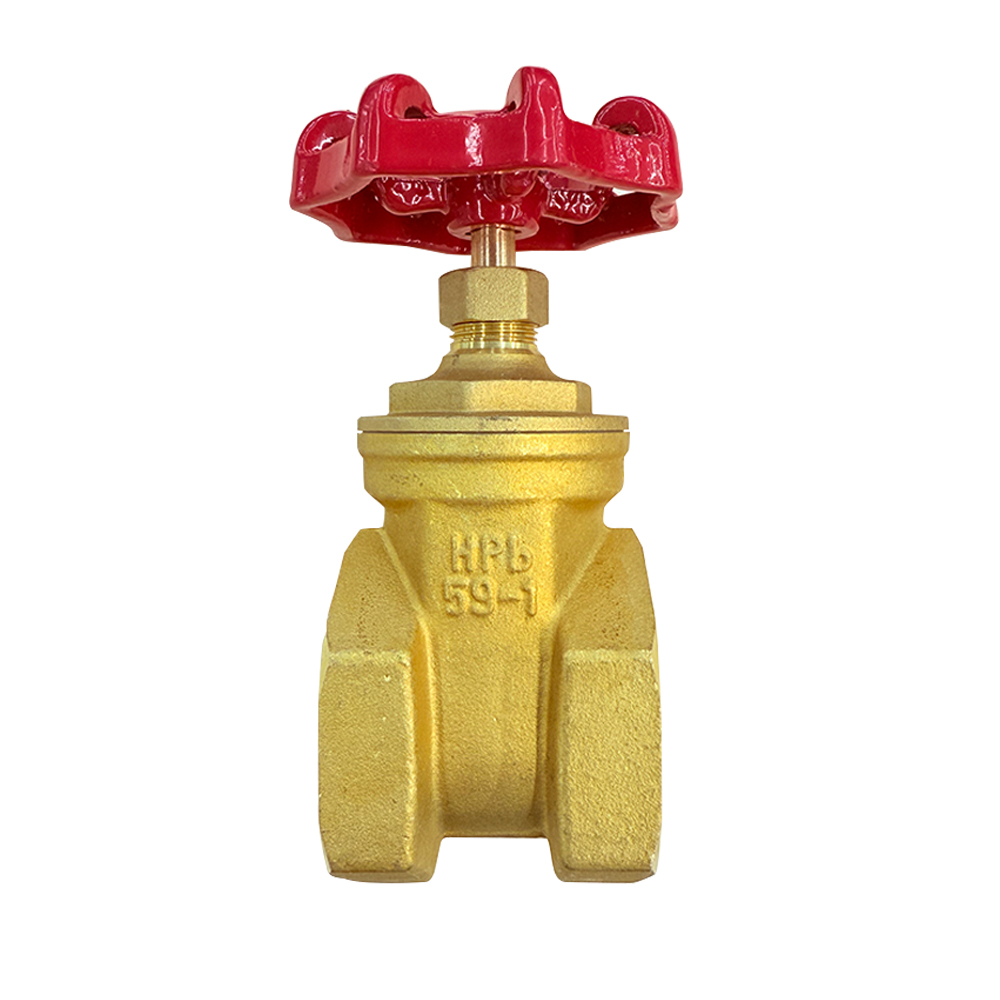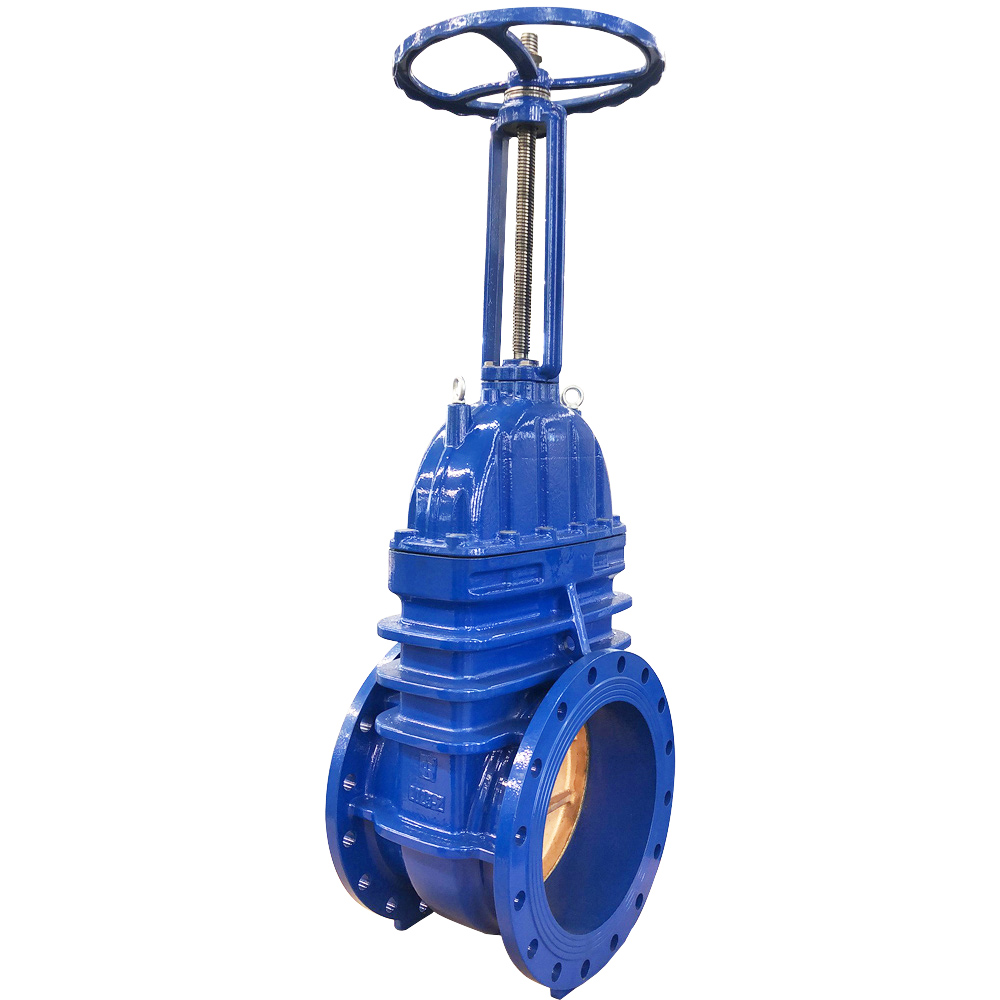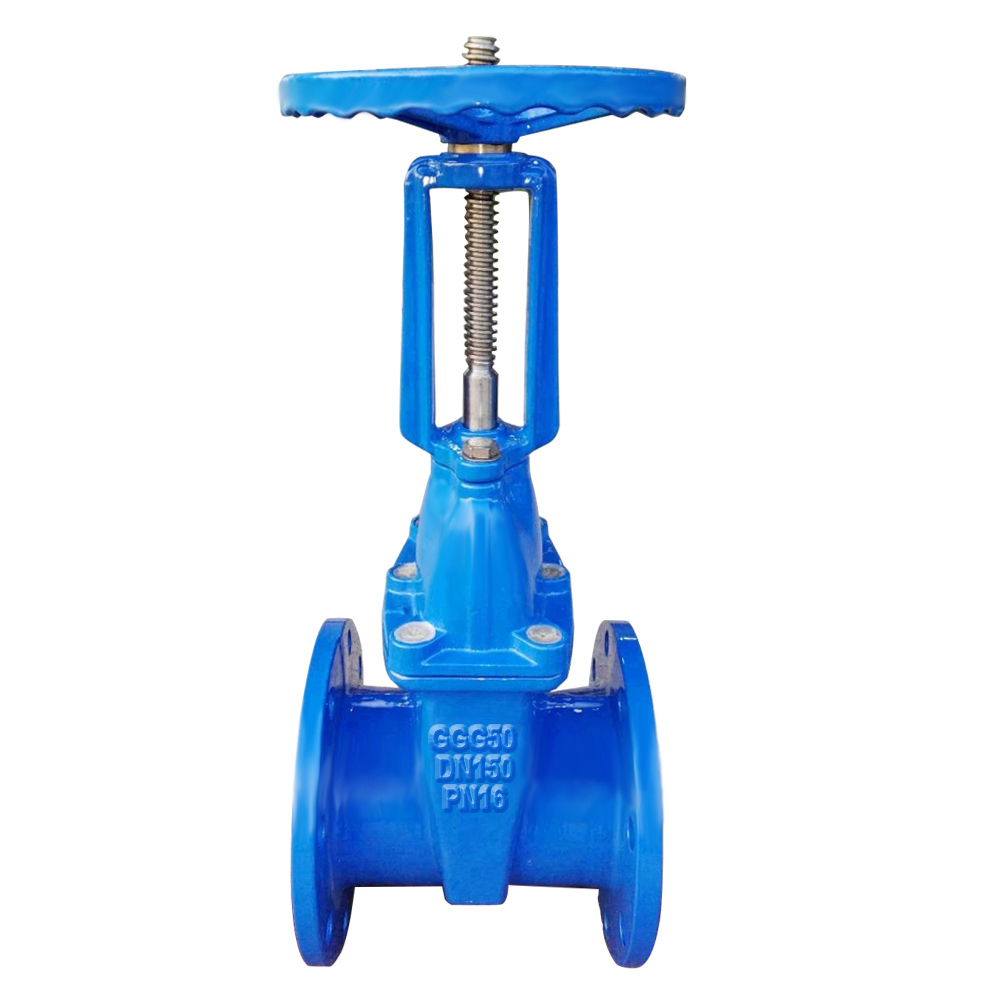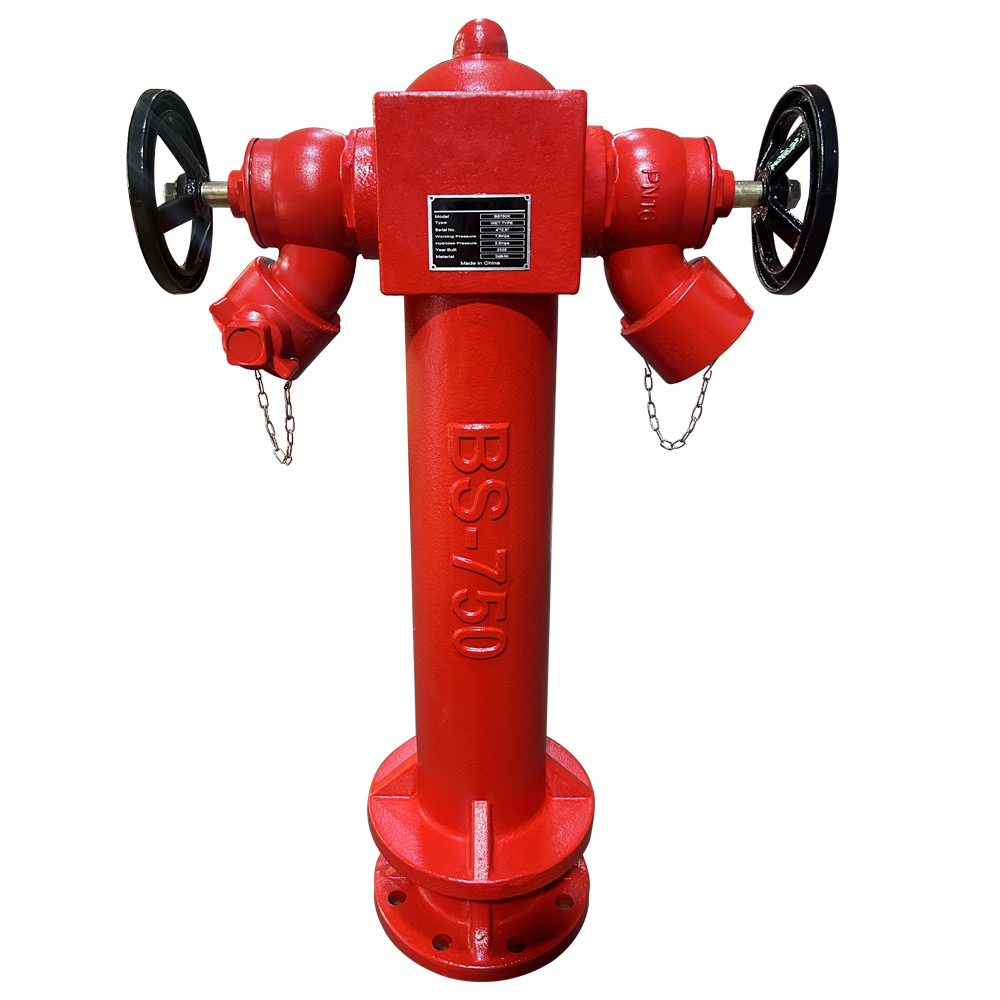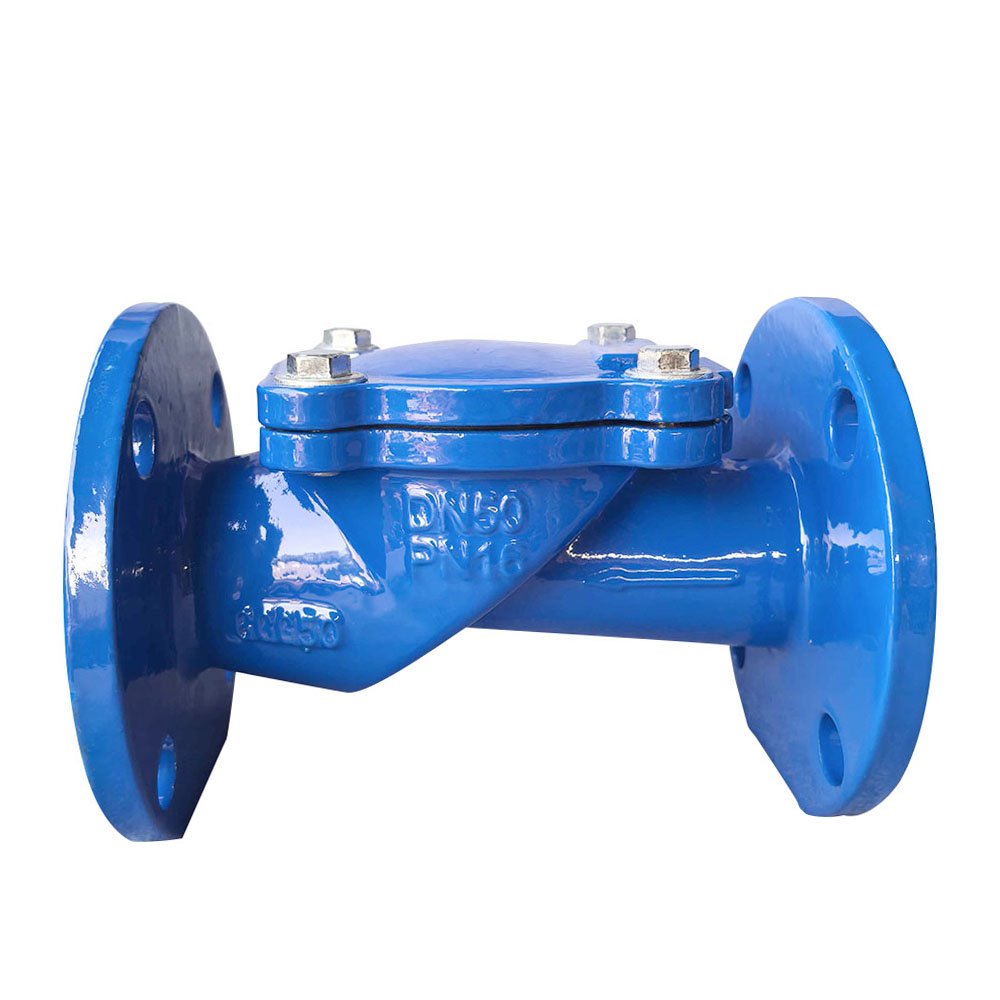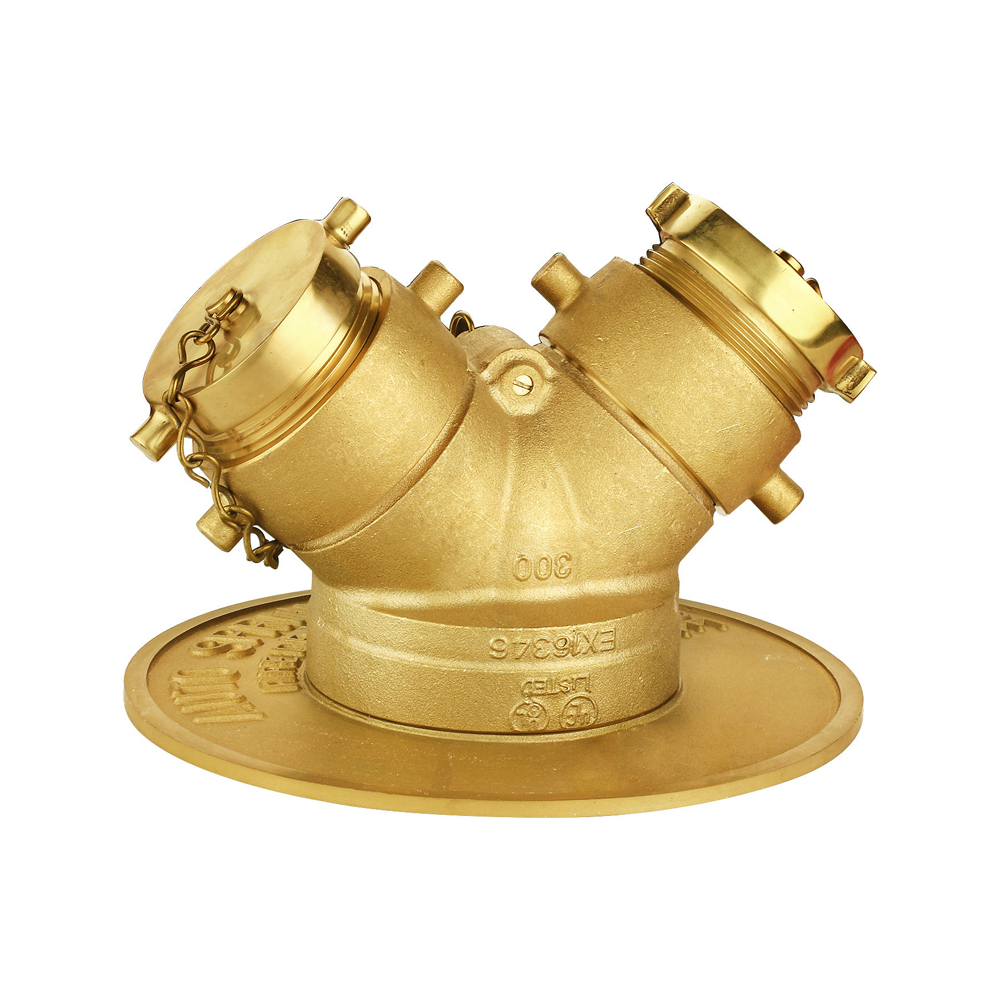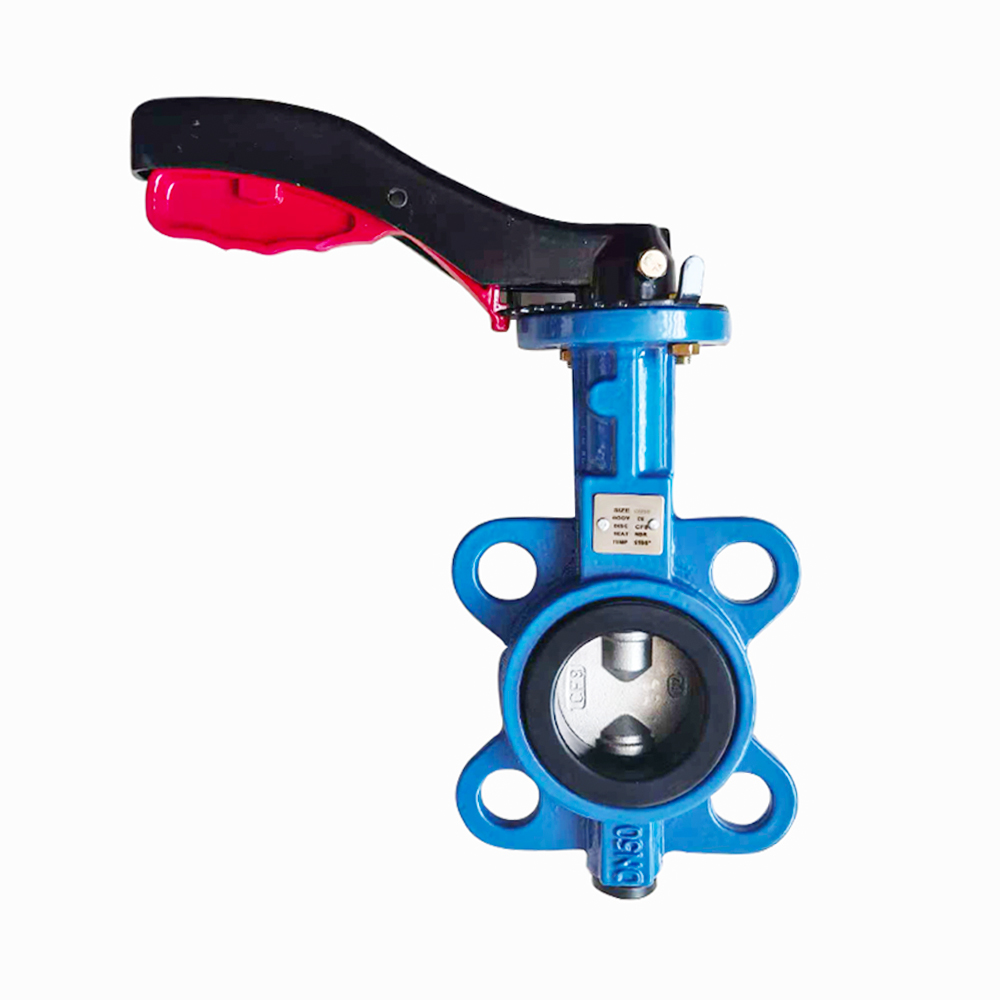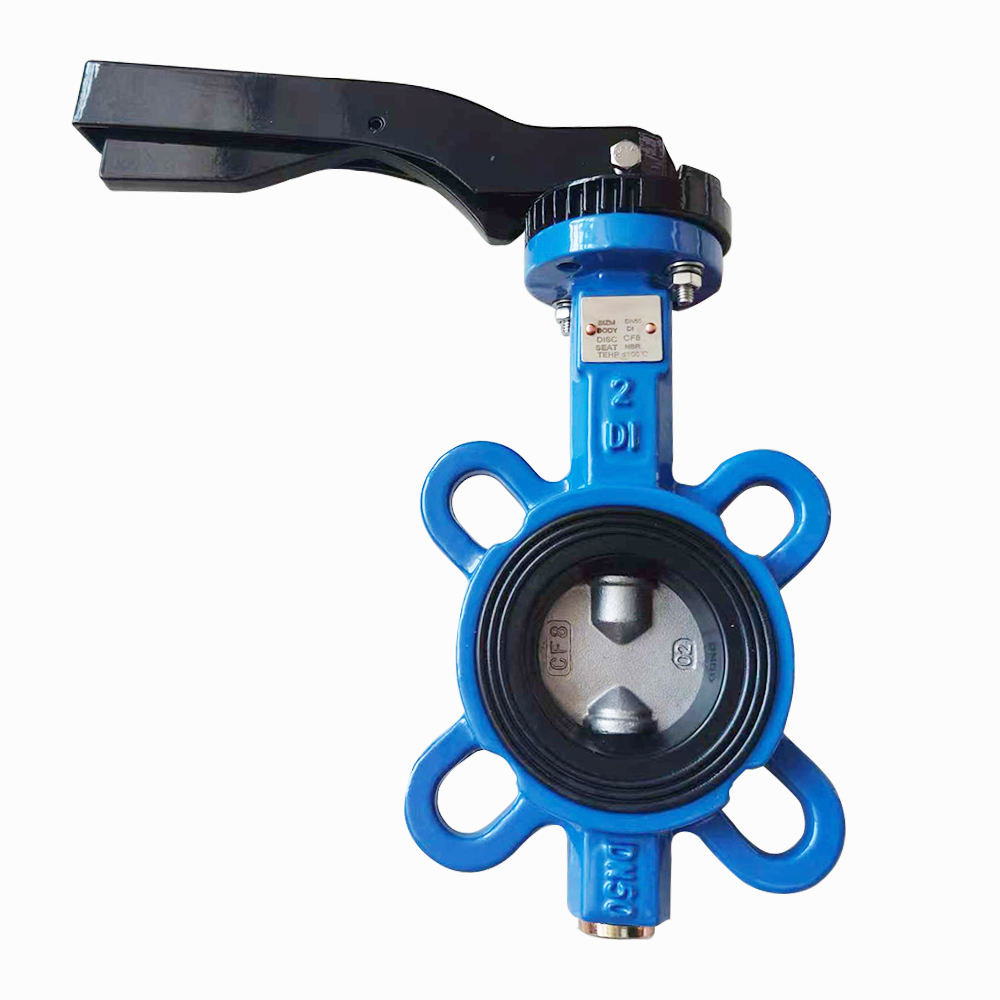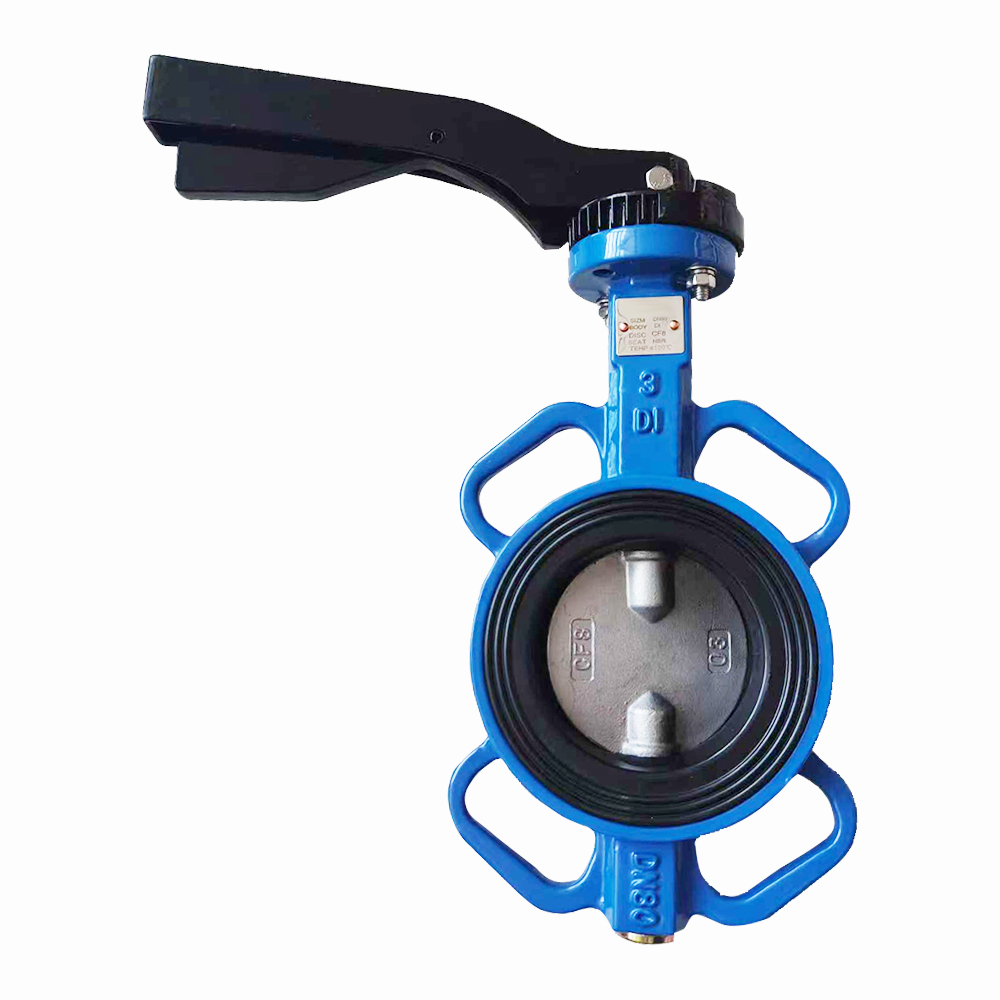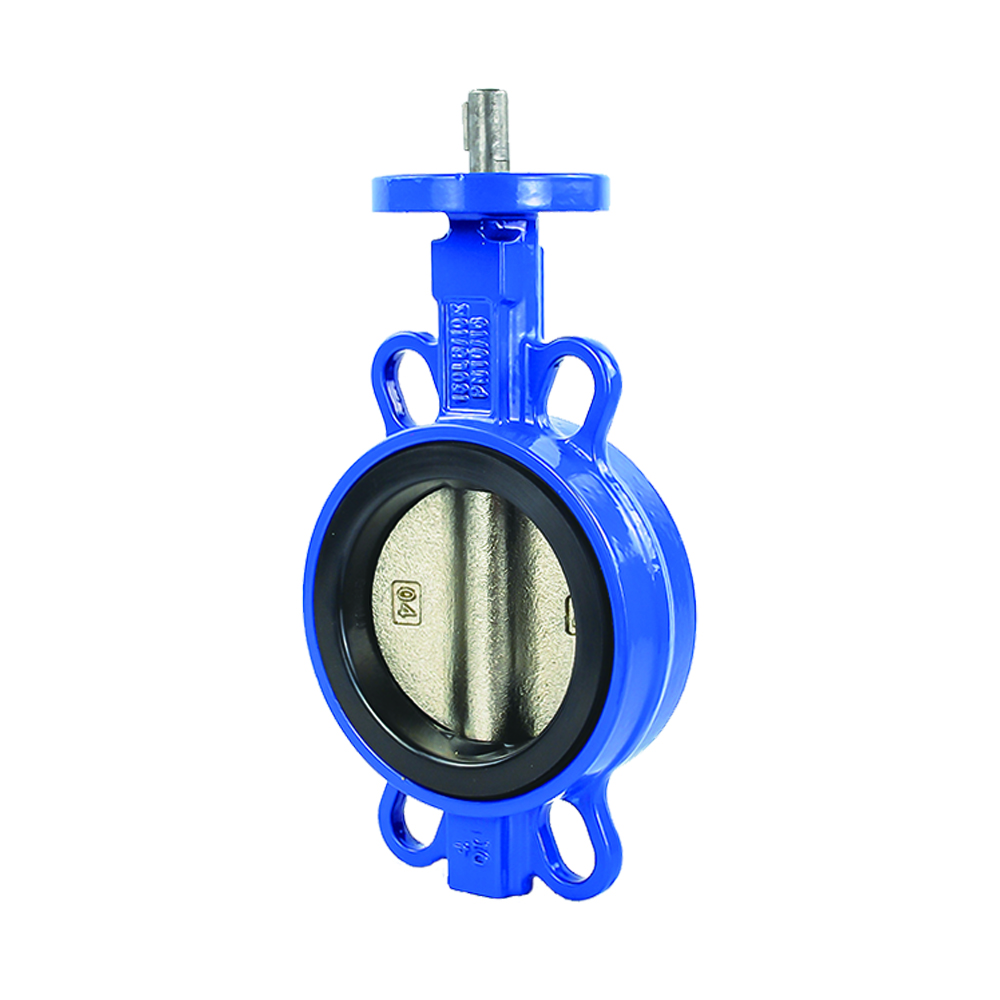
Globe Valve Guide: What It Is, How It Works, and Comparisons with Gate & Ball Valves
- Home
- »
- Technical Guides
- »
- Globe Valve: Definition, Working Principle, and Key Comparisons
Table of Contents
Introduction
A globe valve is one of the most widely used valves in industrial and municipal piping systems, known for its precise flow control and reliability. Whether you are managing water, steam, or chemical processes, understanding what is a globe valve and how does a globe valve work is essential for selecting the right valve for your system. In this guide, we will explore the components, working principle, types of globe valves, and compare them with other common valves like gate valves and ball valves. By the end, you will understand why globe valves are a preferred choice for applications requiring accurate flow regulation.
What Is a Globe Valve?
A globe valve is a type of linear motion valve designed to start, stop, and regulate fluid flow in a pipeline. Its name originates from its traditional spherical body shape, although modern designs may vary. What is a globe valve? Simply put, it uses a movable disc and a stationary seat to control flow. This design allows operators to throttle the fluid precisely, making it ideal for applications where accurate regulation is required, such as steam systems, chemical processing, and water treatment facilities.
How Does a Globe Valve Work?
How does a globe valve work? When the handwheel or actuator turns, it moves the stem up or down, raising or lowering the disc. Lowering the disc toward the seat reduces or stops flow, while raising it allows fluid to pass. Because the disc moves perpendicular to the flow path, a globe valve creates more resistance (pressure drop) than a gate or ball valve, but it offers much better control.
A typical globe valve diagram highlights the key components:
Body – Made from materials such as cast iron, ductile iron, or stainless steel.
Bonnet – Houses the stem and provides a pressure-tight seal.
Stem – Connects the actuator or handwheel to the disc.
Disc or Plug – The movable element that regulates flow.
Seat – Provides the sealing surface.
Globe Valve Parts
A typical globe valve diagram highlights key components:
Body – Made from materials such as cast iron, ductile iron, or stainless steel.
Bonnet – Houses the stem and provides a pressure-tight seal.
Stem – Connects the actuator or handwheel to the disc.
Disc or Plug – The movable element that regulates flow.
Seat – Provides the sealing surface.
Globe valve parts also include:
Handwheel or Actuator – For manual or automatic operation.
Seat Ring – Ensures a tight seal.
Packing – Prevents leakage along the stem.
Types of Globe Valves
Several variations exist to suit different applications:
Angle Globe Valve – Changes the flow direction by 90°, reducing the need for extra piping elbows.
Y-Pattern Globe Valve – Designed to reduce pressure drop, suitable for high-pressure service.
Globe Control Valve – Fitted with automation for precise flow regulation in industrial systems.
Globe Valve vs Gate Valve
When comparing globe valve vs gate valve, the most notable difference is function. A globe valve excels in throttling and precise flow regulation because its disc moves perpendicular to the flow. This allows operators to make fine adjustments to fluid volume, making it ideal for systems requiring steady, controlled flow.
A gate valve, on the other hand, is designed for full open or full close service. Its disc moves parallel to the flow, offering minimal resistance when fully open and a much lower pressure drop than a globe valve. However, gate valves are poor at throttling and can wear quickly if used partially open.
In short, gate valve vs globe valve comparisons typically conclude that globe valves are better for precision control, while gate valves are more suitable for applications requiring unrestricted flow.
Globe Valve vs Ball Valve
When discussing globe valve vs ball valve, the key difference lies in control versus speed. A globe valve allows gradual opening or closing to fine-tune the flow rate, making it perfect for steam systems, chemical processing, and applications where accuracy is critical. In contrast, a ball valve is designed for quick shut-off. A simple quarter-turn of the handle moves the ball from fully open to fully closed, enabling fast operation.
While ball vs globe valve comparisons show that ball valves generally have a lower pressure drop and simpler maintenance, they cannot match the precise throttling capability of a globe valve. For rapid on/off service, choose a ball valve; for fine flow control, a globe valve is the better option.
Globe Valve Symbol
In engineering and piping diagrams, the globe valve symbol typically consists of a horizontal line intersected by a circle or arc, indicating the internal seating and disc arrangement. Recognizing these symbols is important for interpreting technical drawings and specifications.
Common Materials and Applications
Globe valves are available in a variety of materials to match their intended use:
Stainless Steel Globe Valve – Excellent corrosion resistance for chemical, food, and pharmaceutical industries.
Steam Globe Valve – Built to handle high temperatures in power generation and heating systems.
Cast Iron and Ductile Iron Globe Valves – Common in municipal water supply and wastewater treatment.
Choosing the Right Globe Valve
When selecting a globe valve, consider:
The type of fluid and its temperature
Pressure requirements
Desired level of flow control precision
Material compatibility for corrosion resistance
Your Reliable Globe Valve Manufacturer
If you are looking for trusted globe valve manufacturers or globe valve suppliers, Jhy Group offers a comprehensive range of products, including stainless steel globe valves and steam globe valves designed to meet demanding industrial standards. With advanced manufacturing capabilities and strict quality control, we deliver solutions that ensure safety, durability, and efficiency.
Contact Xhy Group today to learn more about our products and request a quote for your next project.
Conclusion
In summary, a globe valve offers precise flow control and reliable operation, making it ideal for applications where accurate regulation is critical. Understanding how a globe valve works, its components, and different types helps engineers and operators choose the right valve for their system. When comparing globe valves with gate and ball valves, it is clear that globe valves excel in throttling and precise control, while other valves may be better for on/off or full-flow applications.
For those seeking high-quality globe valve manufacturers or globe valve suppliers, Jhy Group provides a wide range of products, including stainless steel globe valves and steam globe valves, designed to meet demanding industrial standards. Explore our products today to find the perfect solution for your flow control needs.

